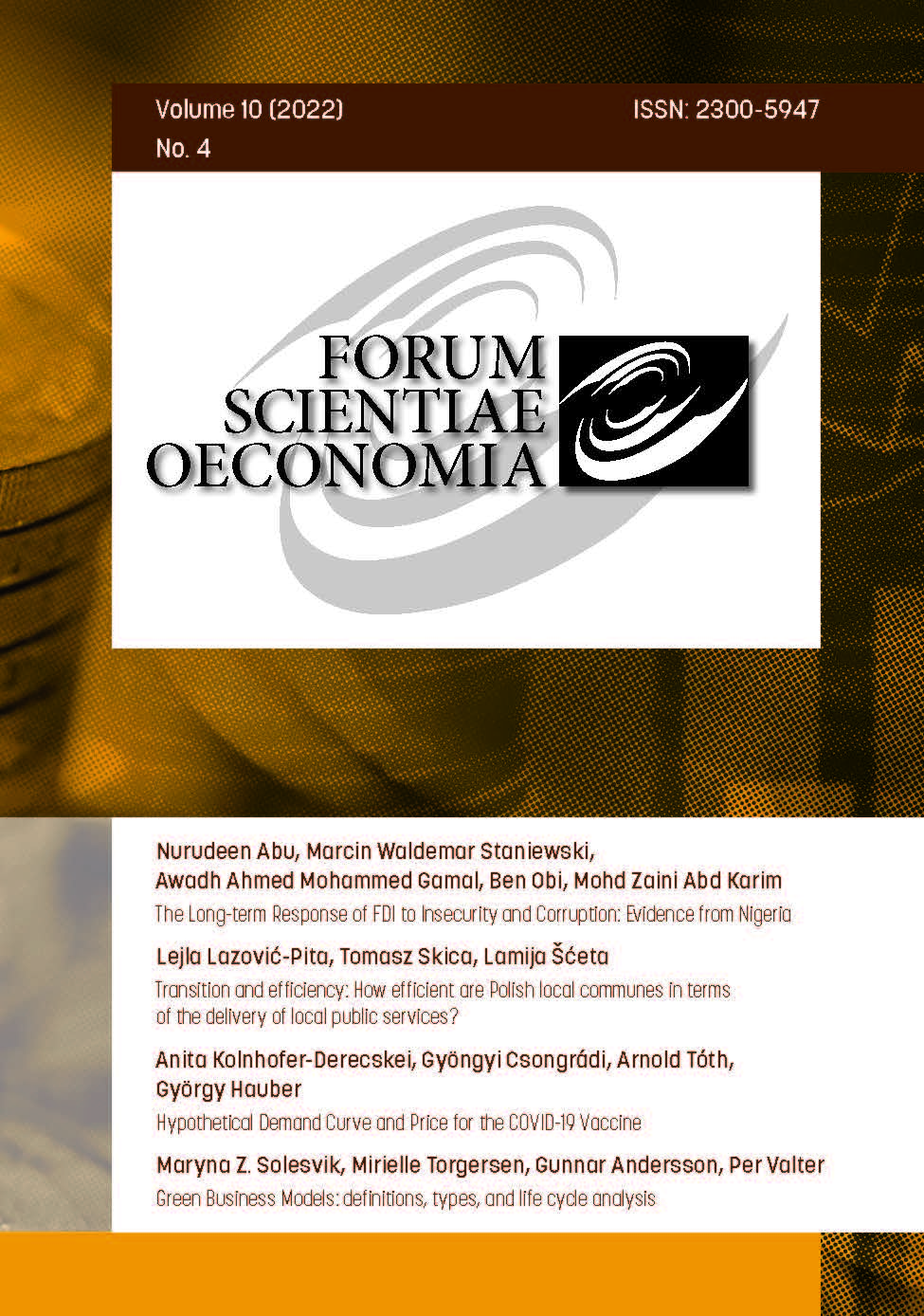At what lag should economic indicators be applied to predict sales in a transformed economy? Is it worthwhile when e-tailing?
At what lag should economic indicators be applied to predict sales in a transformed economy? Is it worthwhile when e-tailing?
Author(s): Radka Bauerová, Halina Starzyczná, Tomáš PražákSubject(s): Social Sciences, Economy, Sociology, Economic development, Socio-Economic Research
Published by: Wydawnictwo Naukowe Akademii WSB
Keywords: transformed economies; retail industry; retail sales; economic indicators; cointegration
Summary/Abstract: Making strategic decisions in retailing is associated with analysing sales development, which can indicate the current trends in consumer demand. Determining retail sales indicators is a valuable step towards better prediction and helps to make strategic decisions more realistic. However, the question is to what extent the general assumption of profitability of using retail sales indicators can be applied in the case of a transformed economy. This paper aims to provide information on the possibility of using selected economic indicators to predict sales in the environment of a transformed economy. The paper analyses the joint time series development of retail sales in the Czech Republic. The Johansen cointegration test has been performed to determine whether retail sales show long-term cointegration with the set of selected indicators. The results establish GDP, total employment, gross wage, and consumer data as leading indicators of retail sales at different levels of delays. In contrast, in the case of online retail sales, no significant influence of the observed factors has been found. The findings suggest that if managers choose to plan their online retail processes based on retail sales estimates, they must respond to changes in these indicators much faster than managers in offline environments.
Journal: Forum Scientiae Oeconomia
- Issue Year: 10/2022
- Issue No: 4
- Page Range: 29-46
- Page Count: 18
- Language: English

